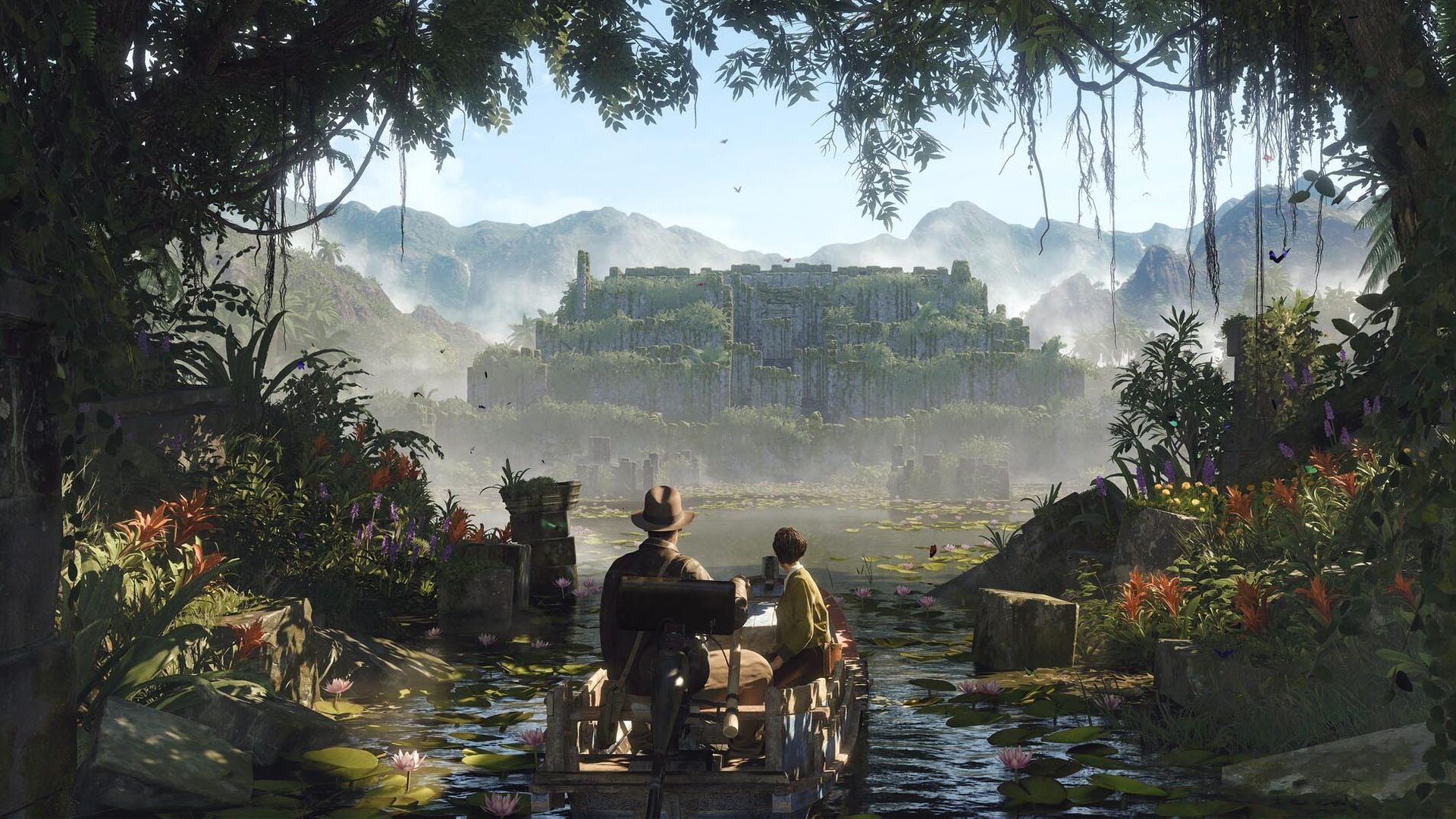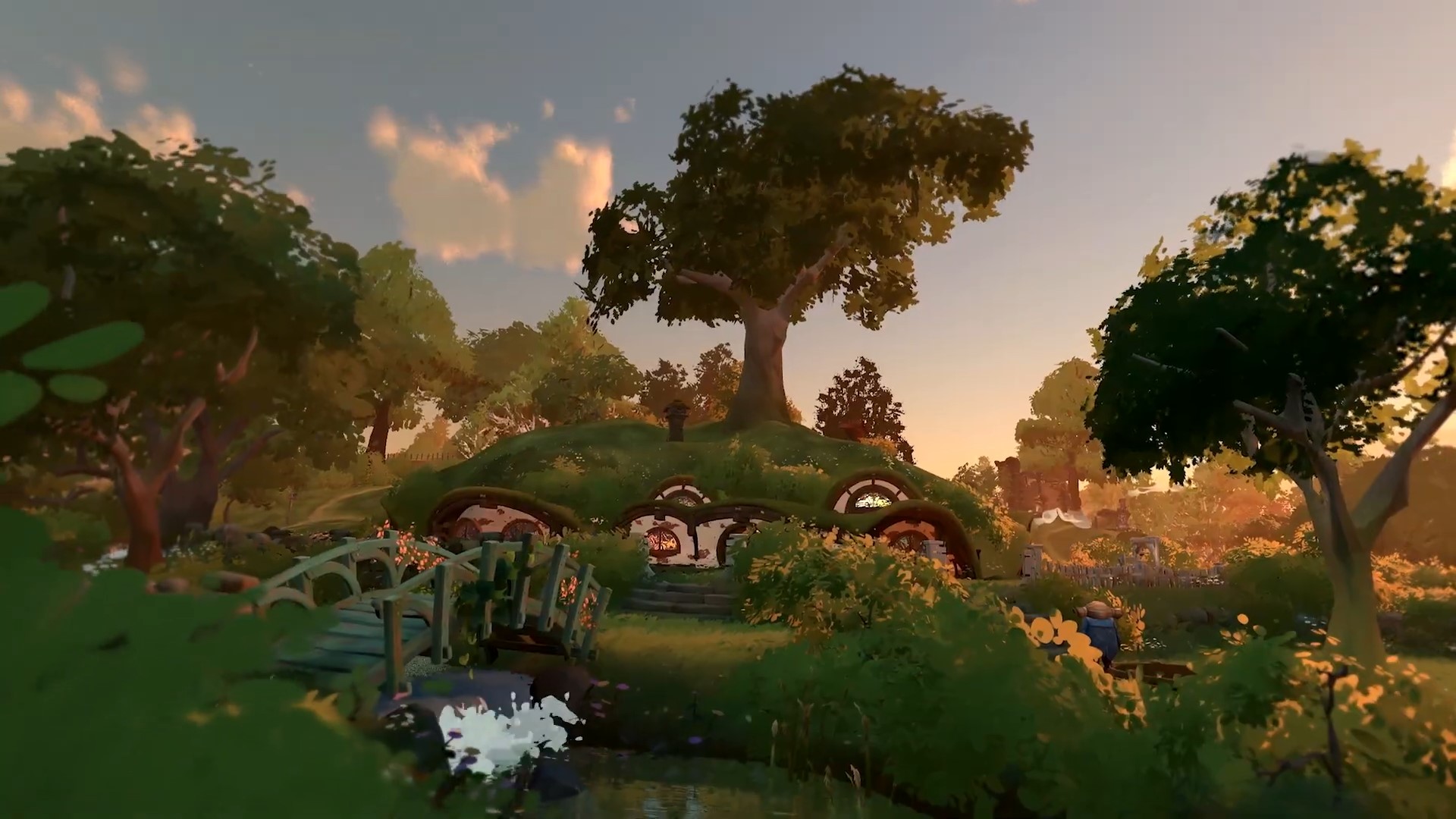www.architectural-review.com
Sole Contreras for The Architectural ReviewWith protheses and kinetic sculpture, the work of the German artist expanded the boundaries of the human bodyA butterfly emerges from the lungs in an open ribcage. This drawing was made in 1967 by the German artist Rebecca Horn (19442024) as she recovered from a lifethreatening lung inflammation, caused by working with toxic materials during her studies at the Hochschule fr Bildende Knste (HFBK) in Hamburg. Magnificent, motorised butterfly wings would later flap in Horns exhibitions: the remains of bodies merging with machines to form new creatures.Horn was born in 1944, during the Second World War, in Michelstadt, Germany. After attending boarding school from the age of nine a traumatic time that went on to inform her work she went to study economics at university but dropped out after six months and secretly enrolled at HFBK in 1963. Horn had dreamt of becoming an artist from an early age; her uncle was a painter and her nanny had taught her to draw.Credit: Sole Contreras for The Architectural ReviewIn one of her earliest works on paper, Lippenmaschine (Lips Machine, 1964), the 20yearold artist was already exploring the body as a means of artistic expression. Reminiscent of a medical drawing, the feminised red lips appear as an organ deprived of its body, spatially measured and trapped within lines. The drawing explores a humanmachine relationship reminiscent of dystopian science fiction, where control is in the hands of a kind of artificial intelligence. Horns subsequent drawings, performances, sculptures, installations and films would continue to equate human and machine, and analyse them in relation to each other and their environment.In her earliest sculptures, such as Messkasten (Measuring Box, 1970), the artist experimented with the fusion of spatial and body art through the threedimensional expression of contact data from her own body. Metal rods trace the contours of the body: measuring, holding it captive, making its contours visible even in its absence. In the late 1960s and early 1970s, Horn explored the controllability and extension of the body using wearable sculptural constructions. The extensions influenced the wearers movements and physical boundaries, accompanied by an intense sensory experience. One of her earliest objects, ArmExtensionen (Arm Extensions, 1968), forced the naked performers into total passivity; Horn drew the comparison with a mummified body, crisscrossed with bandages. The subject slowly gets the feeling that her arms, in spite of the erectness of her posture, are beginning to touch the floor almost, Horn wrote in 1977, as if growing together with the floor.In 1972, Horn showed a filmed performance of Einhorn (Unicorn, 197072) at Documenta, as one of the youngest female participants at the age of 28. Dressed in a costume of white bandages with an elongated head prosthesis, a female performer strides naked through forests and landscapes. The scene can be understood as simultaneously cyborgian, traumatic and divine: the costume forces the performers head and limbs into rigid, robotic movements while also erotically framing the naked body, all set against dreamlike, surreal surroundings.The extensions moved the bodys boundaries to new limitsHorn would go on to produce numerous body extensions. As well as Einhorn and ArmExtensionen, she would experiment with giant points protruding from the shoulders, a large pole balanced on the head, and large, fanlike wings. These extensions expanded the bodys radius, moving its boundaries to new limits and changing its perception of the surrounding space. In Gleichzeitig die Wnde berhren (Scratching Both Walls at Once, 1975), Horn extended her fingers with long, spindly prostheses that reached both sides of the room of an apartment. The extended fingers dragged along each wall as she walked the rooms length, expanding her body to fill the entire room.Other objects such as KopfExtension (Head Extension, 1972) required several people to maintain the performers balance. The central performer wore a 5mtall pointed prosthesis, with ropes attached to the cones tip. Only with the help of four people can he slowly move forward, groping blindly, Horn wrote of the work. Horn brought to light the dynamic relationships between the participants and how responsibly they communicate with each other nonverbally. At the same time, the scene is almost menacing: the performer disappears under a pointed hat and reacts blindly to sensory signals, bound by the lines to the others. This strong dependency on other performers and the danger it harbours is greatly discomforting. The artist described the activation of her early prostheses, skin garments and apparatuses as interaction rituals; in the age of the biotechnologically mutated body, she adopted the role of a technoshaman.Horn initially practised her perfomances in a limited public sphere, only with the participants in these cases, the performers were also the audience. In her early performances, Horn worked with actors, artists and models such as the model Veruschka von Lehndorff, artists Sigmar Polke and KP Brehmer and actor Otto Sander. Other times she performed in her objects herself, as in Gleichzeitig die Wnde berhren and works like Bleistiftmaske (Pencil Mask, 1972), in which straps were wrapped around her head, a pencil attached to each intersection: part medieval torture device, part drawing machine. Horn repeatedly moved the mask from left to right to make pencil marks, a repetitive movement imitating automation.Many of Horns works challenge the dominant heterosexual matrix. The Krperfarben series of performances (Body Paintings, 1972), documented in the first half of a compilation of filmed performances titled Performances I (1972), involve a female body being gradually painted with different colours. The body disappears, first under black paint then under body hair, losing itself in its surroundings and liberating the body from the dominance of the gaze.Horns first kinetic sculptures emerged in the late 1970s. The exhibition Cybernetic Serendipity. The Computer and the Arts had opened at the Institute of Contemporary Arts in London in 1968, a few years before Horn took up a scholarship at Saint Martins School of Art in 1971. The landmark exhibition The Machine as Seen at the End of the Mechanical Age had also opened in 1968 at the Museum of Modern Art in New York, curated by Pontus Hultn, an important future companion of Horns. The relationship between technology and creativity was widely discussed among artists at the time.Horns film Der Eintnzer (The Gigolo, 1978) featured the motorised sculpture entitled Die sanfte Gefangene (The Feathered Prison Fan, 1978). The feather machine was operated by a ballet dancer who seemed to become a fluid hybrid being inside it. For the Tokyo Video Festival the same year, the same dancer performed live in front of a projection of the scene from the film. The performance was simultaneously transmitted to several television monitors arranged in a circle with different details and perspectives from different cameras. Horn juxtaposed the ballet dancer with her own image; the living being meets its media image.Other mechanised sculptures perform human gestures in an abstracted animal form. In Kuss des Rhinozeros (Kiss of the Rhinoceros, 1989), two semicircular metal rods driven by a motor unite to form a closed circle. When the two fragments, reminiscent of rhinoceros horns, briefly touch each other, a discharge occurs that has the effect of an electrifying kiss.From the early 1990s, Horns oeuvre evolved from sculptural, filmic and lyrical works to expansive installations, often conceived in dialogue with the surrounding architecture. For her major retrospective at the Guggenheim Museum in New York in 1993, Horn created Inferno (1993), for which she stacked beds from a psychiatric hospital up to 14 metres high, evoking the madness of suffering with electric flashes. Rebellious tones and rhythms emanated from a piano suspended upside down from the ceiling as part of Concert for Anarchy (1990). Paradiso (1993) with breastshaped funnels attached to the ceiling of the Guggenheim Museum designed by Frank Lloyd Wright, from which milky liquid dripped into the pool on the floor of the building merged with the architecture. The show, curated by Germano Celant and Nancy Spector, seems to have been an important impulse for the dimensions of Horns subsequent works, expanding outwards from the body to the surrounding space and the appropriation of architecture.From the 1990s, Horn also devoted several works to a dignified culture of remembrance. Dedicated to the victims of the postYugoslavian wars, the Turm der Namenlosen (Tower of the Nameless, 1994) demands empathy through sound and dissonance. Long wooden ladders mounted with motorised violins are wedged into one another, rising to seemingly infinite heights. The instruments intermittently play a polyphonic concerto. Horn increasingly created sitespecific works such as Konzert fr Buchenwald. Part 1 Straenbahndepot (Concert for Buchenwald. Part 1 Tram Depot, 1999) and Konzert fr Buchenwald. Part 2 Schlo Ettersburg (Concert for Buchenwald. Part 2 Ettersburg Castle, 1999) in memory of the victims of the Holocaust.After more than two decades of teaching as the first female professor for the newly established study programme Art and Media at the Berlin University of the Arts in 1989, she founded the Moontower Foundation in 2009 on the site of her parents textile factory in Bad Knig in the Odenwald. Horns intention was to research, preserve and maintain her work for the future. Last year, her work was presented at an exhibition at Munichs Haus der Kunst (26 April 13 October 2024), the most comprehensive retrospective of the artists career in celebration of her 80th birthday. In a series of tall rooms, bodies floated, sounds collided, sparks flew, lights danced and motorised beings moved in continuous rhythms. Horn witnessed the exhibition opening before she died in the autumn. Performativity, movement, perception and the transformation of body and soul occupied her until the end of her life. The wings of her motorised butterflies beat in an infinite finiteness.The installation Konzert fr Buchenwald. Part 1 Straenbahndepot (Concert for Buchenwald. Part 1 Tram Depot) commemorated the victims of the Holocaust.Credit:Archiv Rebecca Horn VG Bild-Kunst / DACS, 2025 / Courtesy of Haus der Kunst, Munich unless otherwise statedLead image: Rebecca Horn often participated in her own performances wearing the objects she designed. In Bleistiftmaske (Pencil Mask), Horn wore a headdress adorned with pencils that marked the walls as she walked.Credit: Archiv Rebecca Horn VG BildKunst / DACS, 2025 / Courtesy of Sean Kelly, New York / Los Angeles2025-02-21Reuben J BrownShare AR February 2025ExtensionsBuy Now












